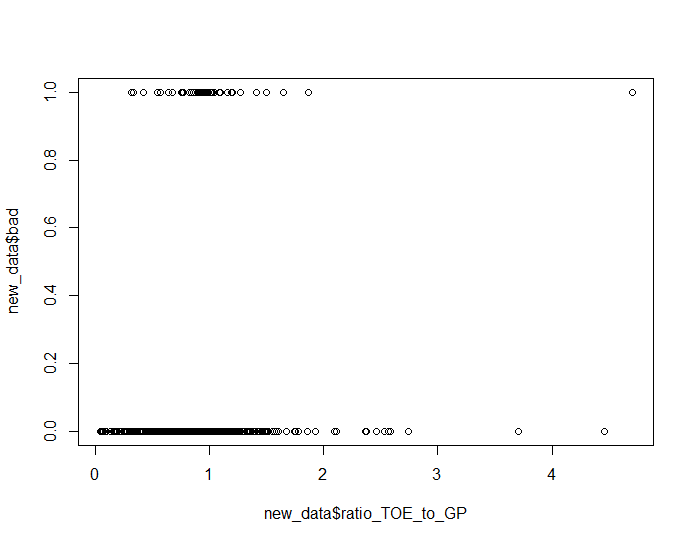I am wondering if I can use the predictions from LOESS as a form of predictor transformation in logistic regression? For example, if one of the predictors is X, then can I use predict(loess(Y~X)) as a transformation of X and use it in the logistic regression?
The variable X is a ratio variable which is highly concentrated at its mean while having a handful of outliers. In order to increase the predictive power of X (i.e. finding linearity between X and Y and fulfilling the business requirements), I am thinking of some transformations which can improve the linearity relationship between X and logodds.
My concern is that this kind of transformation may cause information leakage as I am using the the response variable Y to guide the transformation. However, does the popular WOE transformation have the similar concern?
Or, could there be other transformations that I can try?
Thanks.


